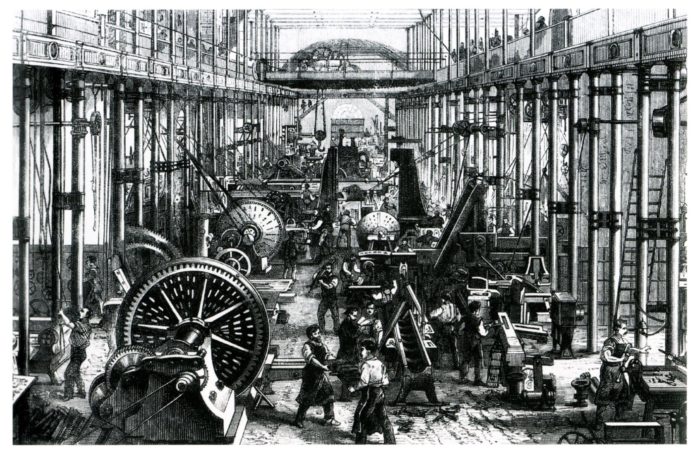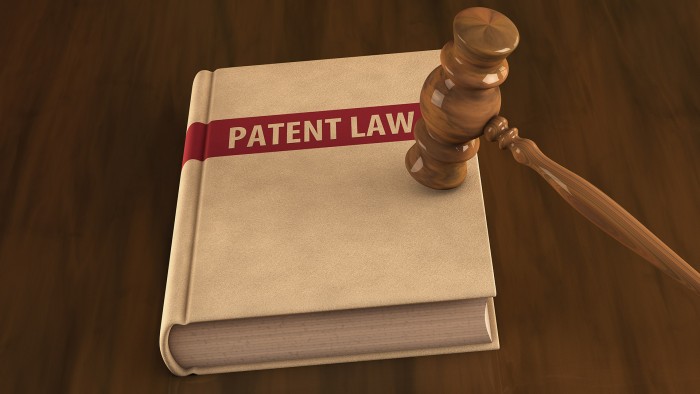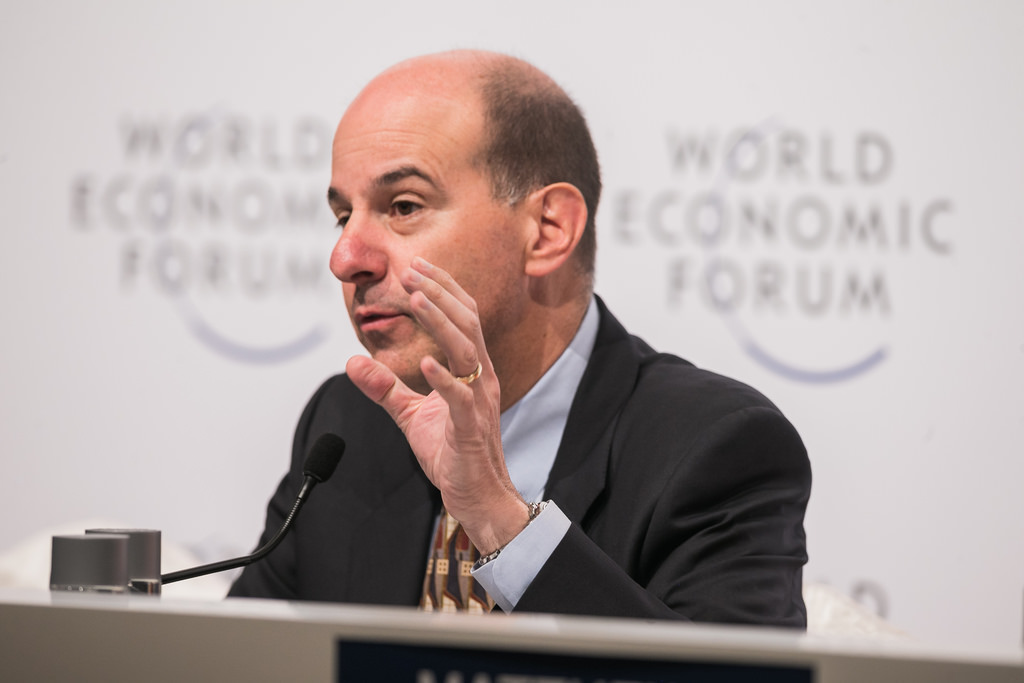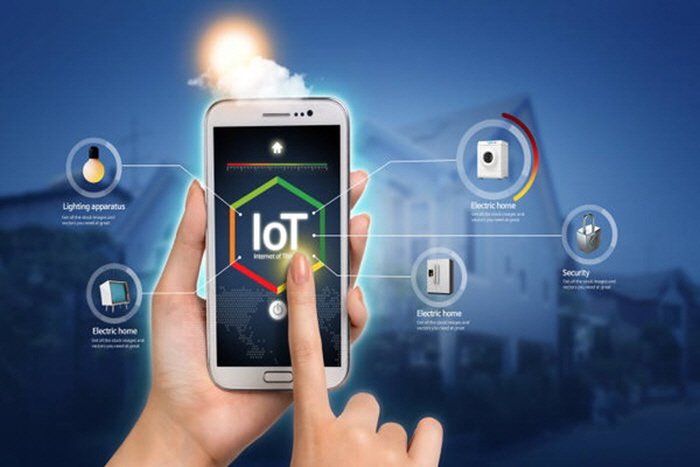Share the post "[David J. Kappos] The *Real* Innovation Economy—Debunking Myths At the Intersection Between Intellectual Property and Competition Laws"
![]() [David J. Kappos] The *Real* Innovation Economy—
[David J. Kappos] The *Real* Innovation Economy—
Debunking Myths At the Intersection Between Intellectual Property and Competition Laws
Below is the first of nine serialized essays examining current debates over technology, standards and standard-essential patents (SEPs) aimed at educating readers about an area of law and economics that is increasingly in the news. These essays have been adapted from a speech Mr. Kappos, former director of the U.S. Patent and Trademark Office and U.S. Undersecretary of Commerce, delivered in Taiwan in March at the International Symposium on Standards, SEPs and Competition Laws.
 David J. Kappos,
David J. Kappos,
former director of the USPTO
[email protected]
When Joseph Schumpeter coined the term “innovation economy” in 1942, ninety-eight years after Samuel Morse’s first telegraphic message, the famed economist could not possibly have imagined precisely what the state of technological innovation and global connectedness would look like another century into the future.
Today, however, we have additional visibility into what 2042 might look like.
Schumpeter’s insight was that a concentration on institutional evolution, investment in human capital, entrepreneurship and technological progress could lead to faster and further economic growth than could a pure focus on increasing capital and labor inputs.
The modern world has grown into Schumpeter’s insight. We now operate within a highly connected global economy in which information and communication technology have tremendous impact. Far-reaching advancements in information, manufacturing and business processes technology allow today’s producers to multiply output without a corresponding increase in labor or capital inputs.

Outdated neoclassical economic theories are based on hypothetical models of market actors operating in a counterfactual vacuum. Innovation economics, however, recognizes the far-reaching effects of government and societal action as well as the impact of non-traditional economic actors such as think-tanks and research institutions. Industry leaders used to measure success in terms of adding more workers or more factory floor space.
Today, we understand that the real levers for increasing economic growth are innovation, specialization, and the market that enables innovation to be efficiently translated into products and services that produce positive economic outcomes.
In the last quarter-millennium, we have seen waves of technological breakthroughs. The first industrial revolution in the 1780s was spurred by the introduction of steam and water driven mechanical production facilities. Electrically driven mass production and specialization of labor drove the second industrial revolution in the 1870s. The third industrial revolution of the latter part of the 20th century was propelled by complex electronics, microprocessors and information technology systems. We have learned from the lessons of each of these successive waves of innovation.

Our modern day understanding of the superior growth potential of an innovation-focused economy should enable governments to implement laws, regulations and policies that will promote innovation on a global scale. However, far too often today, legislative and regulatory efforts are derailed by misunderstanding, lobbying by interested parties and bad advice.
We now stand on the precipice of the fourth industrial revolution—a potentially tremendous era of economic growth. This next revolution promises to integrate useful technology into every aspect of modern life. The proliferation of embedded devices empowered by a wave of interconnectedness and hugely successful industry standards has allowed innovators to begin bridging the divide between the cyber and the physical worlds. Widely adopted, highly innovative standards in the telecommunications industry, for example, have created vastly improved technical capabilities, along with efficiencies and network effects that have connected hundreds of millions of people to the Internet, providing access to information and opportunity to a level far surpassing anything previously seen in the history of mankind.
The breathtakingly successful efforts of innovators to both create vastly improved technology, and agree across a broad range of commercial interests to standards making such new technology available to so many people at such widely affordable levels, should be and is cause for celebration for consumers, industry participants, and the governments charged with fostering environments that increase innovation output and public welfare. But today, the promise of a remarkable future brought about by the fourth industrial revolution is at risk.
Governments and technology users are taking aim at patent-based innovation incentives associated with standards. The very same standards that have been such huge successes are being questioned as if the facts were precisely opposite of what they are. Government officials are being told the system is “broken,” and presented with economic and legal theories inviting them to rewrite the rules in the belief that the historically successful current system requires major reordering. In order to weigh the arguments, theories, and data so as to take advantage of the potential before us, we must ensure that our governments promote policies and positions favoring innovation for a standards-based era, and do not instead obstruct global progress.

To do so, it is imperative that we comprehend, confront, and dispel key myths surrounding the drivers of innovation in the digital era: standards and patents. Each of these myths threatens our individual and collective growth as countries and trading partners. Many stem from an overarching misconception that standardization and patents are inherently in conflict. In fact, invention-fueled interoperability is the lifeblood of many of today’s most important and impactful technological advancements. All species of innovation require collaboration as well as the ability to identify and realize synergies, but standardization is particularly essential to the next wave of major industrial advancement.

The Internet-in-everything connected device revolution is inherently reliant on cross-platform communication and interconnectedness. Put differently, an interconnected world cannot happen without inventions *and* standards, including inventions *in* standards.
History and logic tell us that growth is accelerated by increasing cross-boundary collaboration, and that sustainable innovation is rooted in a focus on long-term shared goals rather than short-term fancies.8 If you want to be an innovation leader and set the stage for long-term growth, you cannot buy into toxic myths. Such myths will take your policy and your country into a dead end. There are seven dangerous fallacies spawned from a perilous misunderstanding of innovation policy, standards, and patents:
Myth Number 1: SEPs lead to licensing holdup. Truth: There have been no documented cases of SEP holders demanding excessive royalties to keep entrants out of a market.
Myth Number 2: FRAND is broken. Truth: FRAND policies maintain balanced royalty rates that serve the interests of both innovators and implementers.
Myth Number 3: Royalties stack and impede implementation of standards. Truth: For 20 years there has been no sign of royalty stacking in the mobile telecommunications industry, and cellphone and smartphone prices have declined even as average gross margins of SEP holders were constant.
Myth Number 4: Patent thickets obstruct innovation. Truth: The history of technology innovation, from sewing machines and airplanes to DVDs and smartphones shows this to be false.
Myth Number 5: In the world of damages calculations, the SSPPU is king. Truth: This theory of basing SEP royalties on small components instead of devices made possible by the SEPs is rooted not in law but in implementers’ desire to free ride on the toil of others.
Myth Number 6: IEEE’s historical standard-setting process was ineffective. Truth: A recent overhaul of SEP policies at the IEEE defies reality and the global success of 802.11 Wi-Fi.
Myth Number 7: Patents stifle growth. Truth: Again, the history of technological innovation from the first industrial revolution through the digital age shows how wrong this is.
In the essays that follow, I will explore each of these myths in depth and place them in historical, legal, commercial and technological context, explaining how SEPs and licensing have worked in the real world.
![]() [David J. Kappos] The *Real* Innovation Economy—
[David J. Kappos] The *Real* Innovation Economy—
Debunking Myths At the Intersection Between Intellectual Property and Competition Laws
Share the post "[David J. Kappos] The *Real* Innovation Economy—Debunking Myths At the Intersection Between Intellectual Property and Competition Laws"

